
Kevin Pearce didn’t need to worry about that debate because with snowboarding, he had both. Favored to go to the 2010 Winter Olympics, Pearce was, up until December 31, 2009, the fiercest competition of two-time Olympic Gold medalist Shaun White.
Now, he is not.
In a documentary by Lucy Walker, she takes viewers through Pearce’s heartbreaking, heartwarming journey of life.
“The Crash Reel” starts with footage of Pearce’s life-altering accident, in which Pearce is shown flying up the halfpipe, completing most of a ‘cab double cork’ move and then failing to make contact and falling straight through the air, vertically, onto his face. His head strikes the ground just above his eyes, sustaining a traumatic brain injury that would keep him in critical care for nearly a month.
His friends, girlfriend and other fellow snowboarders thought he wouldn’t make it.
Then the movie jumps back to his childhood, tracking Pearce’s natural talent for the sport, first through home videos then through clips from various competitions. The summary of the masterful snowboarder’s personal timeline is chilling because of how little you know about Pearce–he did not gain as much acclaim as Shaun White did, even though he was arguably just as good, and it’s obvious that Pearce was just on the brink of becoming as much a household name as White. As you watch Pearce play in the snow with his brothers as a child, you can only think of the accident that is to come. It’s almost mean, in a way, that the movie shows you this awful fall, the supposed end to the story, and then goes back to show you the beginning of the story which holds all the promise of a ‘happily ever after.’
Two parts of any movie are the hardest, director Lucy Walker said after the screening, and the film’s title is the first. While ‘The Crash Reel’ doesn’t cleverly clarify itself in the film, it’s clear enough to suffice. The second biggest challenge, Walker said, is deciding how to start the story. Her introduction, featuring Pearce’s crash, before the viewer has really gotten to know him at all, and then backtracking to really get the viewer attached to him, is perfect and really sets the tone, one that tells the audience that the film is not one of despair, but it is also not one of redemption and magical recovery.
Walker said she started filming the documentary after the accident, but the storytelling is seamless in the connection from her footage to that provided by others, especially because it is so rich with pre-injury clips. Walker said a whopping 232 people, from a coach who happened to be filming part of Pearce’s pre-accident assent into the air to Pearce’s first filmed snowboarding ride, sent in clips. The accident scene itself is comprised of five different videos.
The hecticness of so many storylines and threads is sometimes distracting, as certain subjects halt with confusing dead ends. Certain characters appear enough times that you wish you’d committed to memory their background information and roles in Pearce’s life, but others pop up just once.
Overall, though, the film is as motivational as underdog sports films because of how miraculous Pearce’s recovery is, but it’s truly inspiring because it’s real. Post-accident life is not the same as it was before the accident, and it’s a crushing fact for even the audience to accept. To watch this former champion struggle with that is heartbreaking.
Even more frustrating are the unanswered questions and unmade call to actions. What happens next? Do we need to make the sport safer? Do insurance companies need reform? Should patients with traumatic brain injuries risk another accident, one that might be fatal, or tread so safely that their lives are shadows of what they once were?
See the film tomorrow, Saturday, March 2, at Jesse Auditorium at 1 p.m. or Sunday March 3 at The Blue Note at 8:30 p.m., and join the debate: should Kevin Pearce snowboard again?
By Nomin-Erdene Jagdagdorj













































































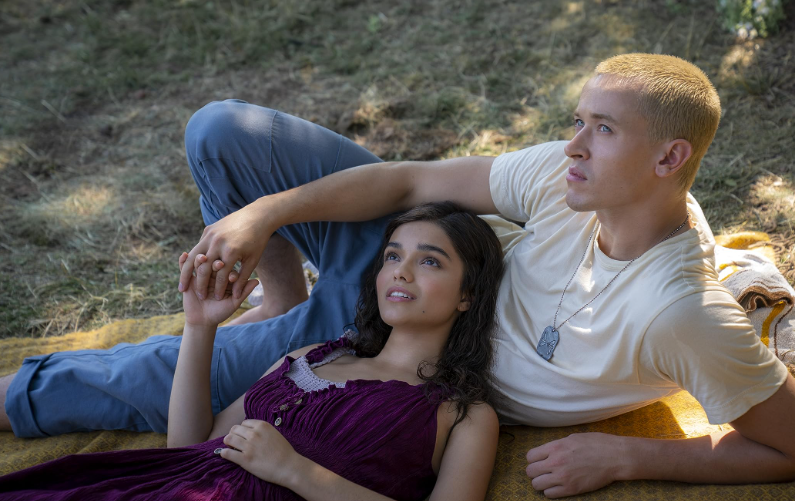
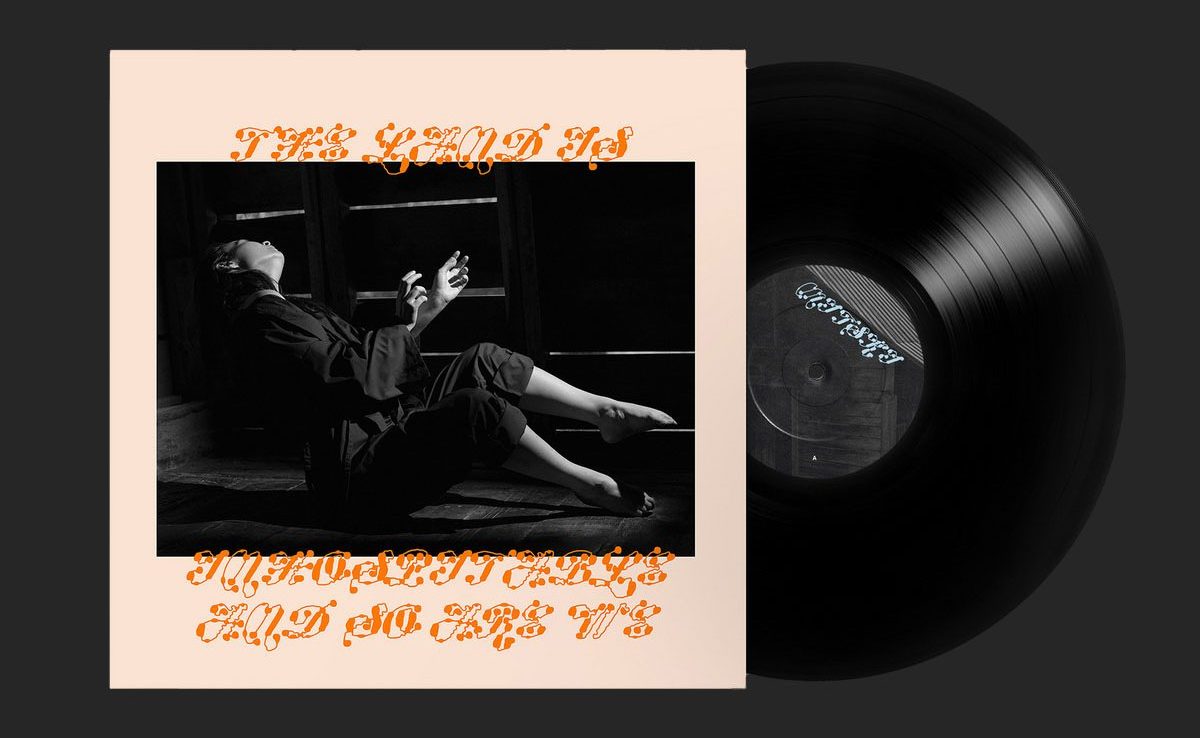

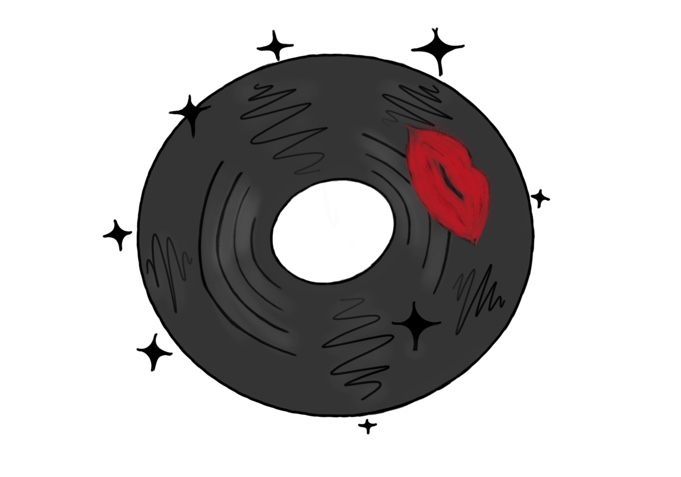


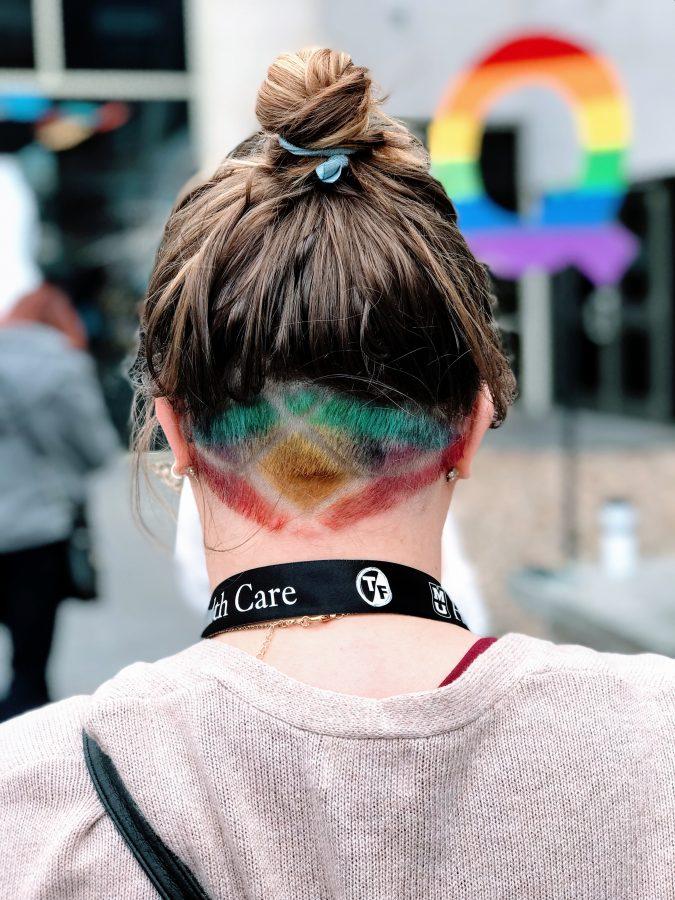
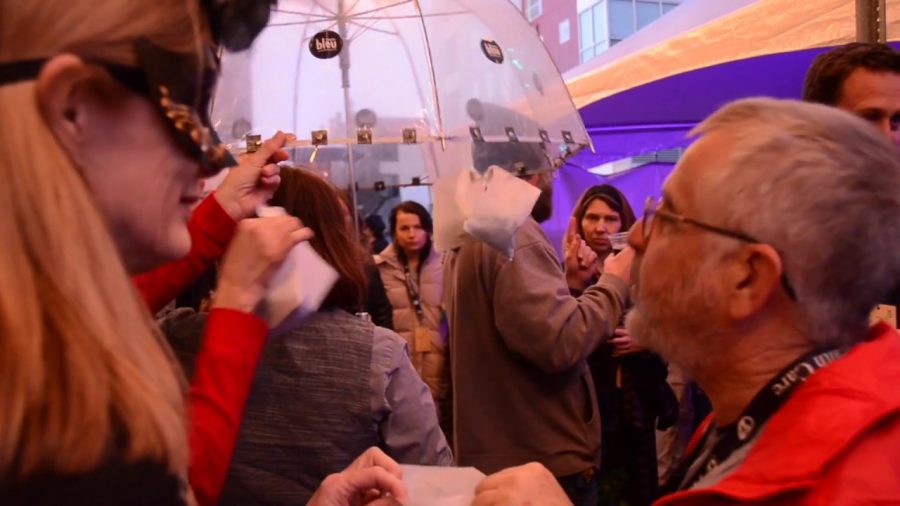


Daphne Yu • Mar 1, 2013 at 11:51 pm
Loved it. I had goosebumps for the first 20 minutes – the beginning had me hooked!
Maria Kalaitzandonakes • Mar 1, 2013 at 11:37 pm
I loved this movie 🙂 So many beards. And really cool story.